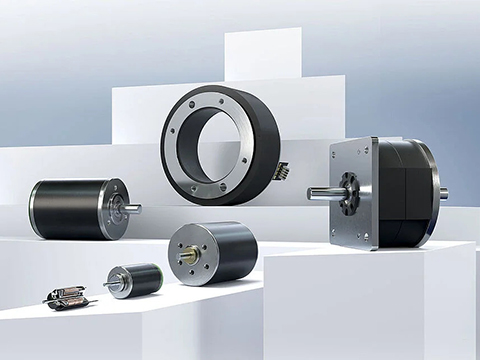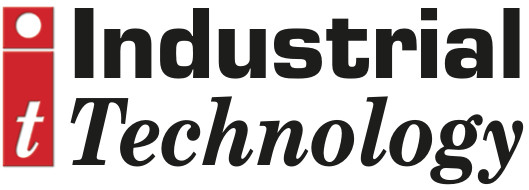
Posted to News on 25th Apr 2025, 13:00
How to select your stepper motor
Stepper motors are at the heart of precision motion control, powering everything from robotics to medical devices. But achieving optimal performance and longevity starts with choosing the best motor for the job. Here, Dave Walsha, director of sales and marketing at EMS, offers his guidance on selecting the right stepper motor.

Unlike traditional motors that spin continuously, stepper motors divide a full rotation into a series of precise, equal steps. Making incremental movements instead of continuous ones means stepper motors operate with a high degree of accuracy without the need for feedback systems such as encoders.
Design engineers may choose a stepper motor over a traditional one for several reasons. Where repeatability and precision are more important priorities than high speed, such as in some medical devices, robotics and CNC machines, a stepper motor can be the preferable option. Even at lower speeds, stepper motors will deliver strong torque, but crucially often don't require extra gearing. This enables a simpler design, faster response times and often quieter operation.
Torque requirements
When selecting a stepper motor, design engineers will first need to assess their torque requirements. This is especially important in applications where the motor needs to hold a position against an external force, like in a vertical lift or robotic arm. If the holding torque isn't sufficient, the load may drift or fall out of position when the motor isn't moving.
Assessing the running torque, while the motor is in motion, is also important. Running torque decreases as speed increases, which may impact output if the stepper motor isn't suitable for its application.
Imagine a robotic arm lifting and moving objects. As the arm extends and moves faster, the inertia from its mass and the load at the end increases the resistance the motor must overcome. If the stepper motor's running torque isn't sufficient at those higher speeds, the arm could stall mid-motion, skip steps or lose its positional accuracy, especially during fast or sudden movements.
Step angle
Another consideration is step angle. A smaller step angle allows for finer control of position, which is preferable for applications that require precise positioning, such as robotic joints, optical systems or 3D printers.
The number of steps is also worth determining, as more steps per revolution translates to smoother movement, especially at low speeds. This is important in applications like camera sliders, surgical tools or lab automation where jerky motion would directly impact quality and safety. Some modern stepper motors drivers can subdivide full steps into much smaller micro-steps for even greater resolution and smoother operation. However, this can impact torque so needs consideration if stability isn't a priority.
Size and form factor
The size and form factor of a stepper motor are also important because they define how well the motor will integrate into your existing system. Choosing the wrong motor size can lead to excessive weight or space usage, which can affect performance in tight or unusual space envelopes or where keeping components lightweight is essential.
A motor that's too small may struggle to deliver the necessary torque, while one that's too large could impact the efficiency of the entire drive system. But form factor doesn't just refer to motor size. Other additions such as shaft type, mounting pattern and the way the motor is connected to the control system may also require consideration when working with a unique or limited amount of space.
While size, torque and step angle are key, they're part of a broader decision-making process. Other factors such as power consumption, thermal performance, environmental conditions, cost and compatibility with other drive electronics also play a vital role. For this reason, it's recommended to consult with an experienced motor supplier, who can assess an application's unique demands and guide toward the most suitable motor configuration.
Stepper motors have a valued place in many drive systems, offering precision and reliability. But to get the best results, it's important to match the motor to the job. Understanding the unique demands of an application is the first step to selecting the right stepper motor with confidence.
EMS (Electro Mechanical Systems)
Eros House
Calleva Industrial Park
RG7 8LN
UNITED KINGDOM
+44 (0)118 9817 391






